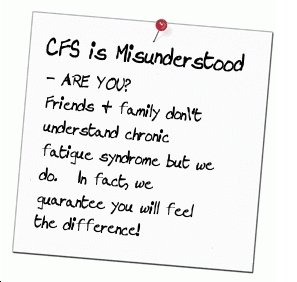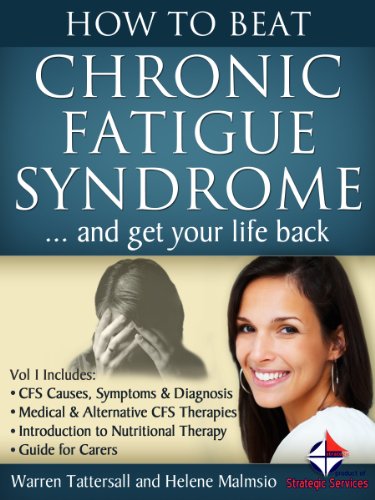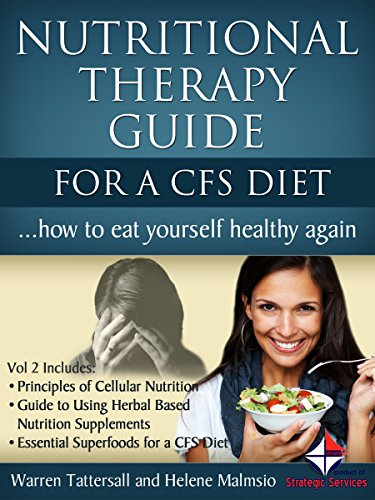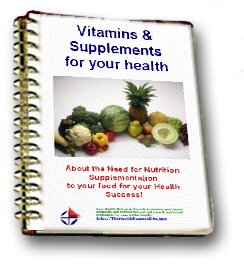Why Fitness Is Important
Your heart is the most important muscle in your body as it ensures the operation of all the other organs and elements in your body through blood flow. Normally, an adult's heart beats between 60 to 80 times per minute.
You can measure your heart rate now by placing your forefinger and middle finger on the inside of your wrist and pressing down lightly. You should feel slight pulses. Count these within in a minute and you should have a result for your resting heart rate.
Make sure that you are relaxed and that you have not done any exercise for at least 10 minutes before taking your resting heart rate. Exercise and strenuous activity will increase your heart rate. You should also not calculate your resting heart rate just after waking as it could be slower than normal.
The higher your heart rate, the more likely it is that you are not fit. Individuals who exercise often and are generally healthy and fit should have a resting heart rate close to 60 but can go as low as 50 beats per minute. However, a heart rate below 60 could also be an indication of Bradycardia and should be checked by a medical professional.
Heart rates over 70 or 80 beats per minute generally point to an unhealthy or unfit individual. A resting heart rate above 100 means that the heart is working too hard to pump blood throughout the body and could indicate a serious medical condition.
People who are overweight or obese will have a higher heart rate than individuals who are fit. As the size of the body increases in volume, the heart needs to work harder to ensure that every part of the body is getting the supply of blood and oxygen required to function.
This means that unfit people often suffer from poor blood circulation and can experience tingling sensations in their extremities. It basically means that not enough oxygenated blood is reaching the area that is tingling.
But resting heart rate alone is not a measurement of fitness. A better measurement tool is to find out how quickly your heart rate returns to the resting number after exercise which is referred to as your recovery heart rate. There are a number of different calculations that are used to determine fitness and most involve an individual performing some type of cardiovascular exercise while their heart is being monitored.
You can perform a simpler version of these tests on your self. Take your pulse, in the same way as explained above, about 10 seconds after you have completed a workout and write the number down. Repeat the process about 1 minute after exercising and write down the second number.
Subtract the second number from the first and the result will give you your recovery heart rate. The higher the difference between these two numbers, the fitter and healthier you are likely to be. The fitter you are, the stronger and healthier your heart is.
Learn more in here about our lifetime fitness exercise guide
Warren Tattersall has been a nutritional consultant for over 20 years and has a personal interest in weight lifting toward reaching competition level.
If you would like to learn more about safe healthy ways to get fit, and about the natural supplements that I recommend and use myself, just drop me a line here and you'll get a free consultation ... CONTACT ME - no obligation, we'll just have a chat about your weight and health goals and the best ways you can achieve them while improving your overall health.
If you are interested in body building and weight lifting you can also get a fast start to build muscle like one of the Spartan 300 using this powerful training guide I have just published! Click banner to learn more >>>
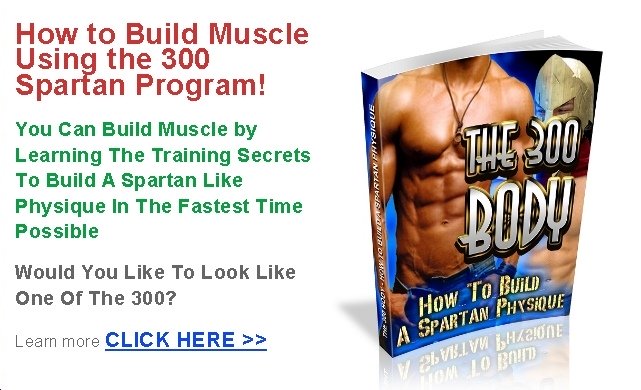
Using Diet and Exercise to Maintain Proper Fitness
The easiest way to improve your strength and fitness is to eat the right types of food, and perform the best type of exercise. However, it’s important to remember that each individual is different, and has specific body types. One individual might be strong enough to run a marathon, while another can lift weights. Additionally, food reacts differently in each of us, where some people can eat whatever they want, and not gain weight, while others seem to put on weight by eating proper amounts of food.
Dieting for Fitness
The core principle to eating the correct diet is to avoid the consumption of junk foods. Junk foods can be described as anything that contains loads of sugar, refined carbohydrates, or a high level of artificial colors and preservatives. This means eating no sugars, candies, white rice, white bread, or fried foods that are created with Trans-fats or hydrogenated fats.
Fried foods are especially dangerous to the health and fitness of every individual. They contain harmful chemicals, which are known to be carcinogenic. Additionally, foods that are fried in low-quality unsaturated oils contain huge amounts of Trans-fats which can cause a variety of ailments.
Taking Supplements
The types of foods that are offered to the general public are often grown in poor soil. This means they contain low vitamins, minerals and nutrients. Because of that, the food does not provide enough necessary enzymes to help break down the food sufficiently to absorb the nutrients, minerals and vitamins they contain. As a result, it’s important to take vitamins especially vitamin C in significant quantities, along with digestive enzymes that can help break down the food properly, and absorb all the good nutrients.
Exercising for Fitness
Many individuals that want to become healthier believe that they need to work out extensively to achieve their fitness goals. However, simply walking every day is a wonderful form of exercise, which can add significant health benefits to the body.
The benefits that walking add includes the ability to keep you strong, in a relaxed mood, and physically fit. In addition, it helps to maintain existing body weight, or lose weight if necessary. Walking is known to lower LDL, or the bad cholesterol that cause significant problems to overall fitness. In addition, it raises HDL, or the good cholesterol that moves toxins and impurities out of the body from the cellular level.
Walking is also known to effectively regulate the body’s blood pressure while controlling type II diabetes. Walking every day can reduce the potential of heart attacks and other coronary problems. It alleviates pain from arthritis, while controlling swelling in the joints. It’s also known to prevent the body against a variety of cancers. In all, it is the most effective way to lose weight quickly, while optimizing the body’s fitness.
By maintaining a quality diet of high level organic foods, consumed in the proper quantity and portions, along with walking at least 30 minutes every day, are great ways to stay fit. It can maintain blood pressure, and help you avoid serious health problems now and in the future.
Learn more about your health online when you read the rest of our information here about: diet plans guide and also download the free health report available there!
Warren Tattersall has been a full time nutritional consultant for over a decade and works with people all over the world to help them improve their health, increase their personal energy levels and to use supplements to assist with diet related health issues.
Just send him a note on the form here - Contact Us - to request a personal no obligation one-on-one consultation with Warren
New order website for Australian customers:
For all the subscribers that don't want to talk to anyone, just want to buy their products direct, I'm creating these websites that process orders for you once you register with them.
The Australia GoHerbalifeSite is the first one completed, other countries will come along soon...
Australian customers: Click this link or tap on the banner below to check it out and get registered to place your orders... and remember your 15% discount code: HLIntro15

Did you find this post fun, informative and useful? If so, please share it with others!
If you have a comment, question or suggestion, please leave a comment below!
the A to Z directory of dealing with Health Problems & Self Care Strategies for natural remedies to your health issues.

Subscribe to get your weekly "Health Success Magazine" with a new complete & comprehensive Health Report in every edition!

to “Your Health Success”
our weekly F’R’E’E’ Newsletter
If you would like a free no-obligation private consultation or to contact Warren Tattersall for more information, please click here >> Contact Us
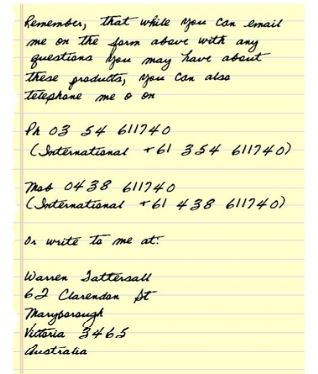
Click the books above to learn more about how we treat CFS naturally, to get your life back!
You will find many assorted Health Reports available for download free to you on this website!
Our free Health Success Reports are each available for you to download when you subscribe to receive them and their 7 part eCourse.
You can unsubscribe at any time, but we are sure you will want to receive all the email lessons of these informative ecourses.
Read more HERE to select the REPORT subjects of most interest (or concern) to you.






